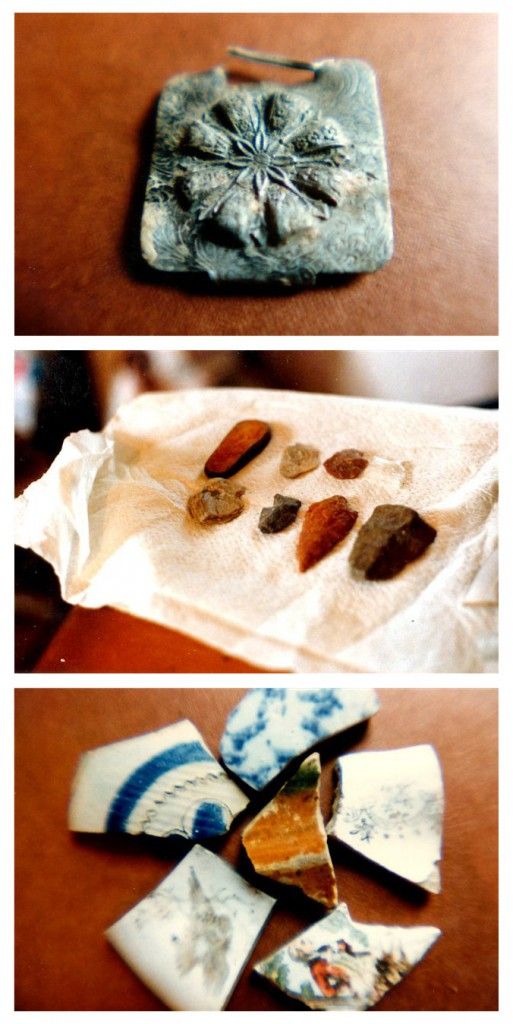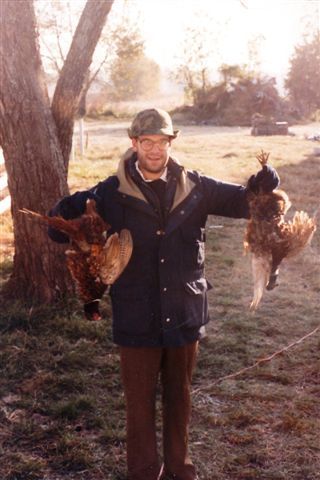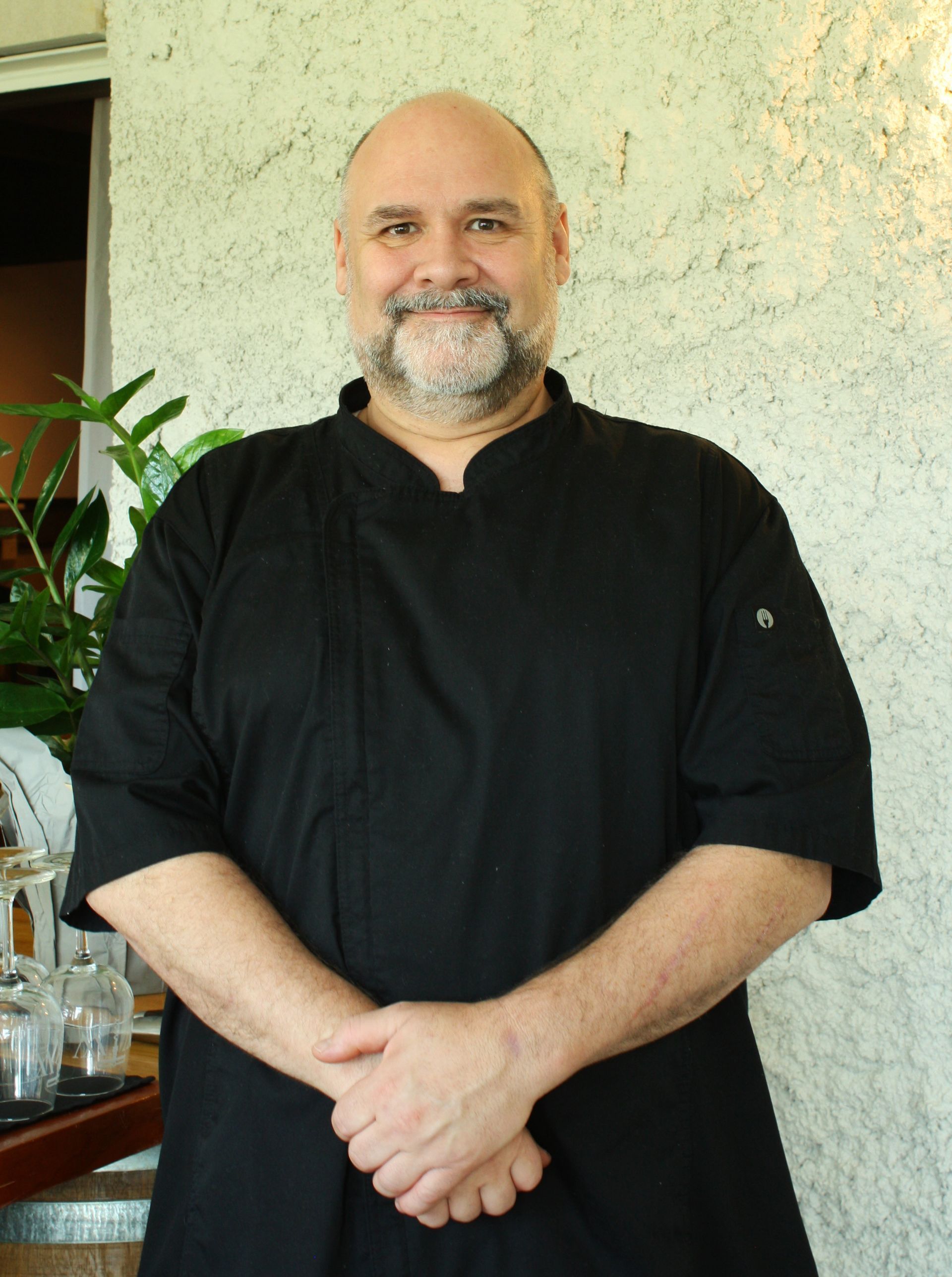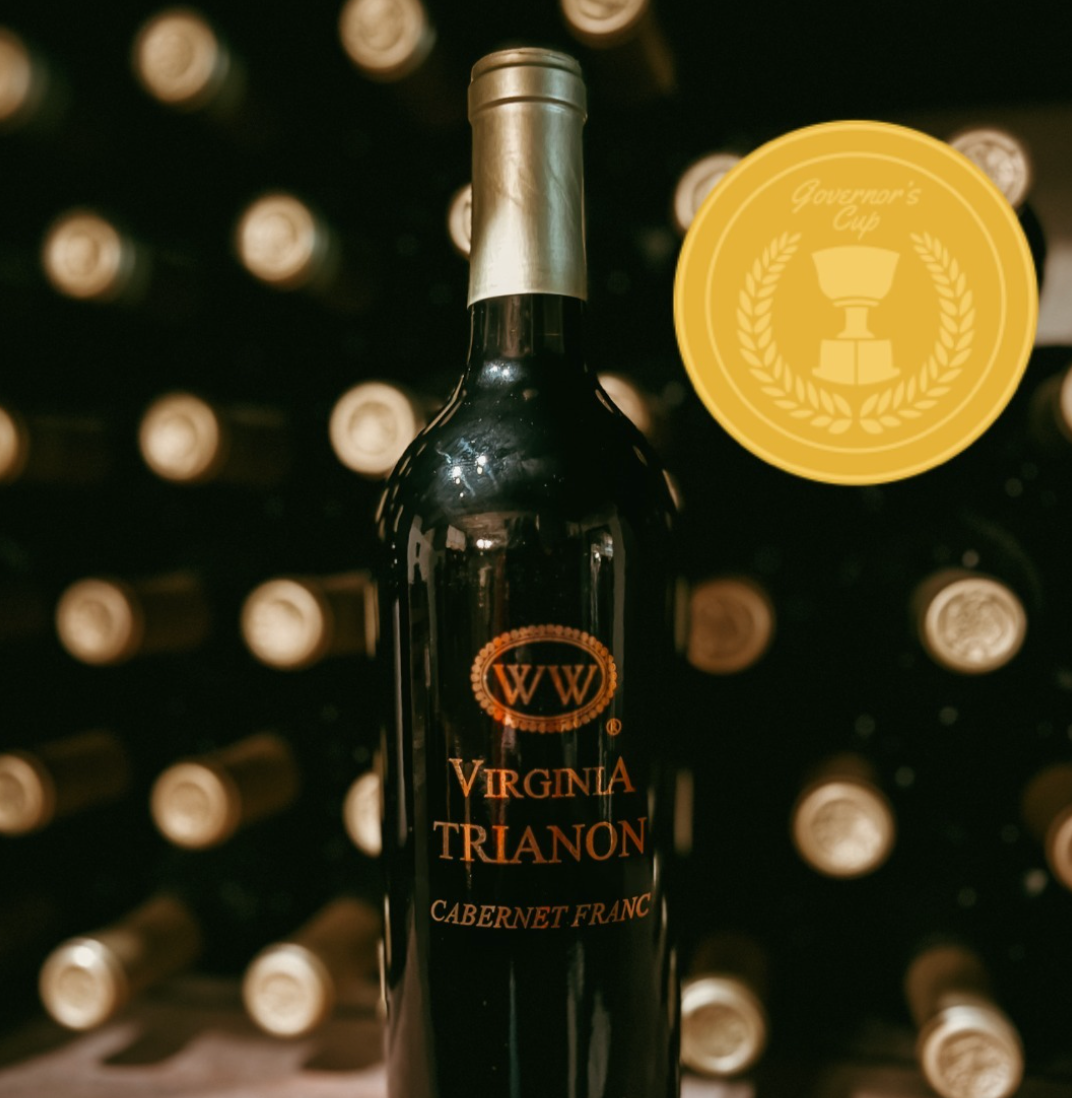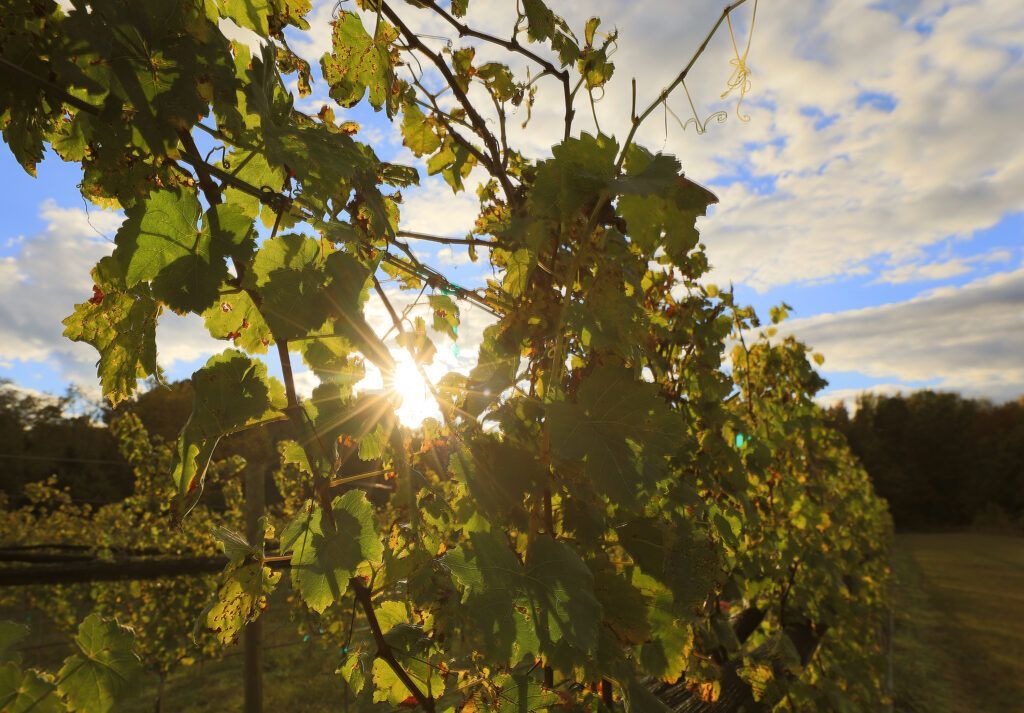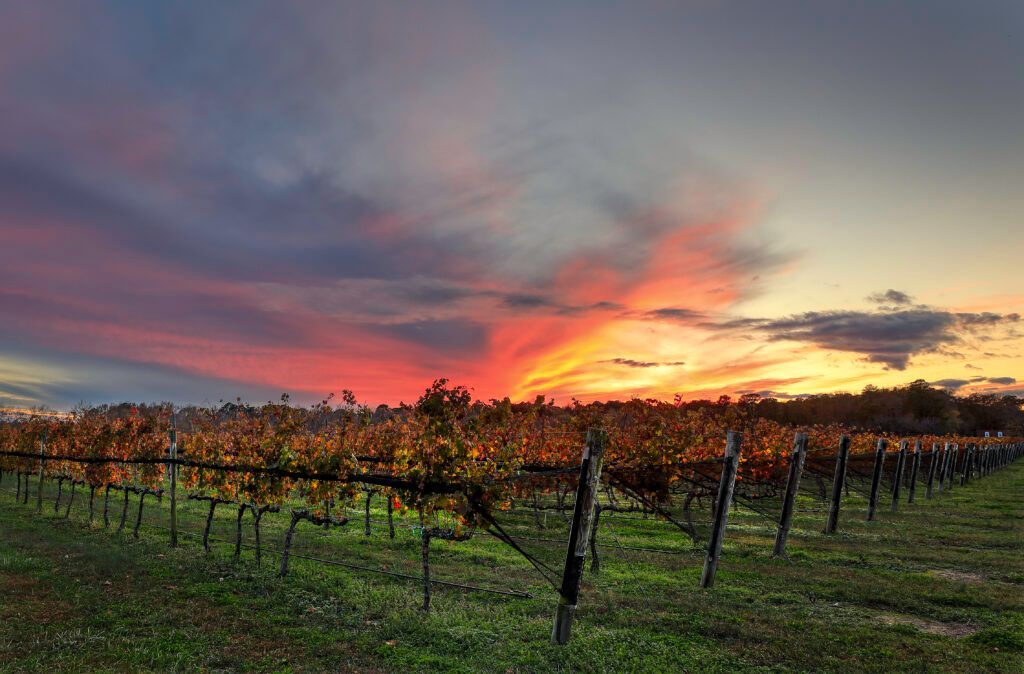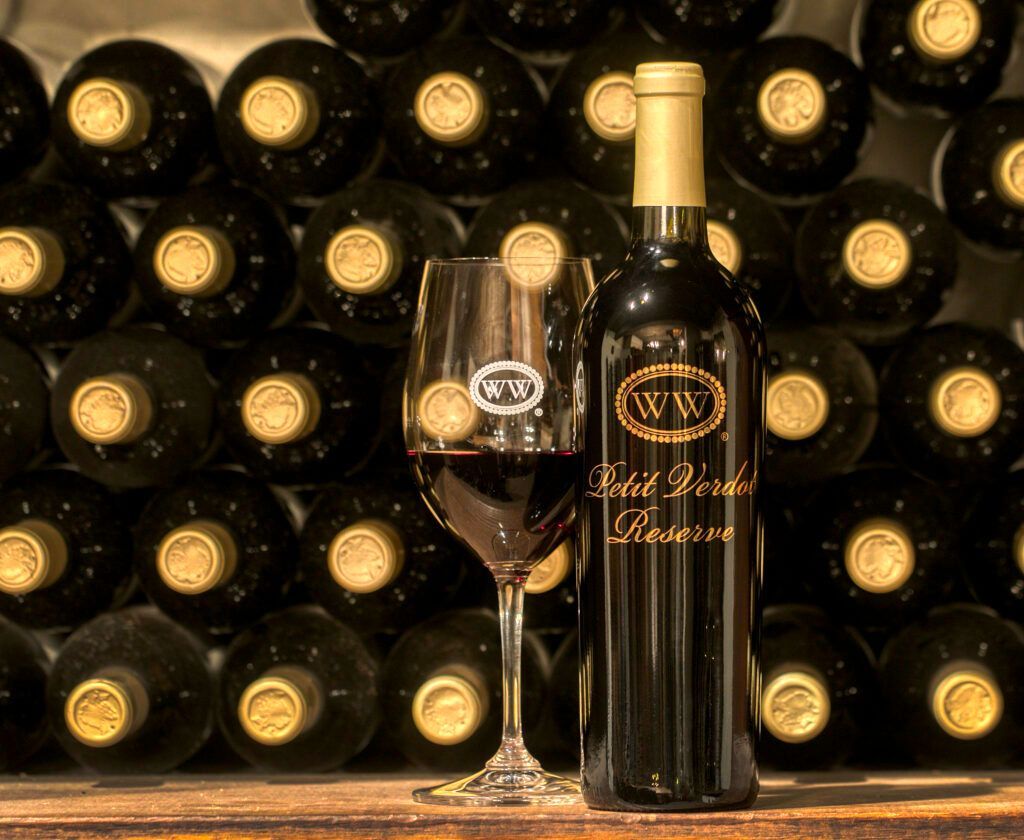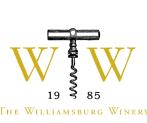Part 9: Discovering the History of the Farm as well as its Soil
Williamsburg has a special place in my heart. In 1961, as a graduating high-school student on an AFS-Rotary scholarship program, I was taught during that senior year in Upstate New York, on the edge of Lake Ontario, that English America had begun with the settlers landing at Plymouth Rock in Massachusetts in 1620.
During the end-of-the-year extensive bus tour in the US, we visited Southeastern Virginia. What a surprise it was to hear that the first landing of settlers actually took place in 1607 in Jamestown, VA. How in the world could history books be so wrong?
Anyway, the film, “The Story of a Patriot” had just begun to be shown in the Visitor Center of Colonial Williamsburg. It deeply impressed me. I had made my decision that my future would be in the United States. The many trips that my parents had organized, from Norway to Portugal, always incorporated numerous visits to castles, palaces, cathedrals, historical sites, even museums. It had left a trace. Visiting Williamsburg was for me a discovery. Learning about XVII & XVIII century English America, the proud decision of these settlers to seek their independence from the Royal Crown, and the inspiration that guided them was fascinating.
As mentioned earlier, we had come back to Williamsburg on numerous occasions. Now we owned a farm in the middle of that center of history. Of course, the primary focus was on how the soils should be analyzed for improvement and to ensure the health of the vines to be planted.
Alongside that process, we could learn more about the history of the farm. Quickly, we found that it had been initially called “Archer’s Hope” after the preference of Gabriel Archer, the second in command on the Discovery, one of the three ships that brought the settlers in 1607. Surveying the North coast of the river that they named the James in honor of the King, Captain Archer had identified the site of our farm as his preferred spot for the landing. Captain John Smith overruled him feeling that the adjacent island would provide a more defendable site.
We contacted Nick Papas, an historian at Colonial Williamsburg, who indicated that our farm had been the site of the landing of French troops in 1782 when Marechal de Saint Simon joined Rochambeau and Lafayette on their way to Yorktown. The French military cartographers had provided the best maps of the area. Excellent copies of the Desandrouins map showed the farm as the property of Reverend Bland who had been active in the meetings at the Raleigh Tavern in town to support the movement towards independence.
The site of the Bland Plantation had been researched and discovered by Bill Kelso in the 70’s but was covered over as the funds were lacking for a serious excavation of the brick remnants of the footing of the dwelling. (Bill Kelso was then state archaeologist and has now achieved fame and notoriety as a result of his research and discovery of the Jamestown Fort during this last decade)
We learned that, during these past centuries, the farm had also been named Jockey’s Neck beginning as far back as 1635. That was intriguing. A bit of study in older documents revealed that the farm had been owned by a German called Jochen, and as it is bounded by water on three sides which constitutes a neck of land, received the name “Jochen’s Neck” which became “Jockey’s Neck”. Nothing to do with horse racing.
The archaeological site report, dated ’73, was identified and so was the VA Landmark Commission form, dated ’74. Abstracts of VA Land Patents and Grants were listed in the book Cavaliers and Pioneers. There were numerous references to Jockey’s Neck farm and Archer’s Hope Creek (since renamed College Creek). We began appreciating the historical relevance of the property. Apparently, the lawyer who sold us the farm had not been as interested in history.
All this history fascinated Patrick II and Terence. One day on their one mile walk to catch the school bus, they found a musket ball. At other times, as we were digging the soil, we would find beautiful pieces of pottery. We became friendly with a good number of archaeologists who seemed pleasantly surprised by our enthusiasm. We were introduced to Nick Lucchetti and soon thereafter to Bill Kelso.
One of the big questions at the time was could we divert funds to dig the Bland Plantation. The finances were stretched and that would not have been wise even though it was very tempting. Consequently, it was deferred for the future, long term future. Over the last twenty five years, we have discussed, on numerous occasions, what it would require of funding for such a project to do it correctly. To this day it still remains in the future.
Subsequently, we were to get multiple archival research documents on the farm as the portion that we had not acquired was being considered for a real estate project. But that was several years later.
Maurice and Elsie Northrup, my landlords from my early years on Lake Ontario, came visiting just as we had shot a pheasant on the roof of the house. (I really do not hunt.)
Simultaneously with all this historical research, we had received the soil reports and were surprised to learn that there were 15 areas with 11 different type soils on the 300 acres classified by type and with different agricultural practice recommendations. We determined that our first planting would be located on a gentle South facing slope, East of the old house. The soil was a sandy clay with a gravely sub soil with erosion hazard. Accordingly, the plan was to run the rows along the slope as opposed to up and down the slope.
We invited Dr. Leslie McCombs of VA Tech to come and inspect the farm and give us his opinion on the prospect for grape growing. He was very supportive and also advised us to consider the potential for early springs such as in mid January or February that might lead to very early budding, followed by late frost that could severely damage the young leaves.
We also were in contact with Lucie Morton, who having studied at the University of Montpellier in Southern France, had worked with Professor Pierre Galet, the author of a book on ampelography. She translated it and then came back stateside and had it published. It has been a reference book on grapevine varieties and how to care for them. Lucie came and met with us and offered plenty of suggestions. It was still early in the year ’85. She suggested several nurseries where we could secure the plants and drafted a very long list of the supplies and equipment that would be needed.
On my weekly commute, back in New York, Rob Bickford and I would review the studies and planning. The goal was to bring the project to a condensed concept, looking beyond the first planting to the days when we could hope for a first harvest. That meant also that we would need a place to process the grapes, and secure an approved federal license as well as the VA ABC license. Any document that would at some time in the future be presented to a bank would also need a detailed marketing plan. Rob had done well as a sales person with an import operation in NY and had learned great deal about the US approach to marketing wines. Occasionally, he would fly down and do a bit of hunting on the farm.
We penciled in ’85 as the year to go ahead and set up the trial vineyard. I asked Peggy if she felt comfortable getting it all done while I continued my commute to NY and Europe. She just nodded and said “Lots of questions still, but no problem!”
(To be continued)
If you wish to see the previous blog posts, scroll down below, or look to the top right for Recent Posts.
Patrick G. Duffeler
Founder & CEO
